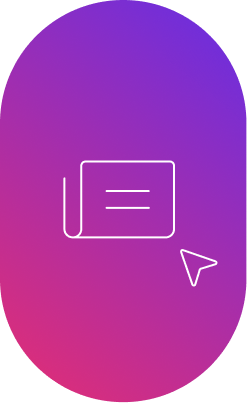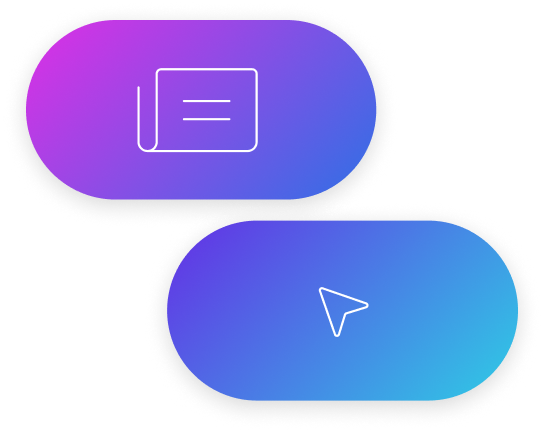The merger between Virgin Media O2 (VMO2) and Daisy Group marks a significant shift in the UK telecoms landscape, particularly within the business-to-business (B2B) sector. By combining VMO2’s robust fixed and mobile infrastructure with Daisy’s expertise in IT and cloud services, the newly formed entity is set to become a formidable player with projected annual revenues of around £1.4 billion. However, while the merger presents opportunities for operational synergies and enhanced competitiveness, it also poses challenges, especially regarding Daisy’s traditional strength as a multi-network provider. This report analyses the strategic rationale, financial motivations, competitive impacts, and the new focus on digital B2B services. Additionally, it examines the broader implications for the UK telecoms market.
 Source: Daisy Communications
Source: Daisy Communications
Deal Overview
The merger between Virgin Media O2 Business and Daisy Group is set to transform the UK B2B telecoms market. The new entity, 70% owned by VMO2, combines VMO2’s connectivity and infrastructure strengths with Daisy’s expertise in managed IT and cloud services. The leadership structure reflects a strategic balance between the two entities, with Jo Bertram, VMO2 Business Managing Director, becoming CEO, and Matthew Riley, Daisy’s founder, taking on the role of Chairman.
Financially, the merger addresses significant challenges for Daisy, which had been grappling with rising losses and heavy debt. VMO2 is providing a £425 million secured intercompany loan and taking on approximately £835 million of Daisy’s existing debt. This merger essentially stabilises Daisy’s financial situation, giving it access to VMO2’s robust resources.
Value Per Subscriber
One key metric emerging from this merger is the value per subscriber. With an enterprise value of approximately £1.26 billion and around 700,000 business customers, the value per subscriber is estimated at £1,800. This figure highlights the strategic importance of maintaining and expanding the customer base to justify this valuation. The success of the merger will partly depend on retaining customer loyalty and integrating services efficiently.
Digital B2B Focus: Transforming Business Connectivity
A significant aspect of the merger is the new entity’s focus on digital B2B services. The goal is to leverage the combined strengths of VMO2’s connectivity and Daisy’s IT capabilities to offer modern, digitally integrated solutions.
Products and Services
The merged entity aims to develop products that integrate telecoms and IT services, including:
- Digital communication platforms that blend mobile, fixed-line, and cloud telephony.
- Unified communications as a service (UCaaS), integrating voice, video, and messaging on a single platform.
- Managed IT services for cloud hosting, data management, and cybersecurity, catering to hybrid work environments.
- IoT connectivity for smart offices, asset tracking, and industrial automation.
- AI-driven analytics to enhance customer experience and optimise business operations.
Customer Use Cases
The digital B2B approach will appeal to businesses seeking modernisation and efficiency. For instance:
- Retail chains can use integrated connectivity and cloud solutions to enhance customer data management and personalise marketing.
- Healthcare providers can utilise secure communication platforms to deliver reliable telemedicine services.
- SMEs can leverage bundled connectivity and IT support to scale operations without compromising performance.
A flexible, modular platform is critical for telecom providers aiming to compete in this evolving B2B landscape. Solutions like Mobilise’s HERO® platform empower providers to rapidly launch and manage fully digital customer experiences, spanning everything from unified communications and connectivity to self-service portals and analytics. HERO® supports both consumer and business use cases, enabling providers to adapt to shifting demands without rebuilding their stack from scratch.
Impact on the UK Telecoms Market
The merger represents a strategic consolidation aimed at competing more effectively against established players like BT Business and Vodafone Business. By offering comprehensive solutions that merge connectivity with IT services, the new entity can position itself as a holistic provider for businesses of all sizes.
However, this strategic shift also risks eroding Daisy’s unique position as a vendor-agnostic provider. Traditionally, Daisy offered flexibility by integrating services from various networks. Post-merger, the entity might focus more on VMO2-centric offerings, which could alienate customers seeking multi-operator solutions.
The broader UK telecoms market continues to face significant headwinds, driving consolidation that ultimately reduces choice for both consumers and businesses. With Virgin Media O2 recently reducing the mobile market to just three operators, we're now seeing one of the UK’s biggest and most loved telecom service providers in the business segment disappear from the market. This consolidation trend risks limiting options for businesses seeking flexible and diverse telecom solutions, which is a concerning development for the industry.
Hamish White, CEO of Mobilise
Competitor Impact
Competitors most affected include BT Business and Vodafone Business, which may lose ground in the integrated B2B services market. However, smaller, independent providers that maintain a multi-network approach could benefit from potential customer churn. Companies like Gamma Communications, Zen Internet, Exponential-e, Focus Group, and Wavenet are well-positioned to attract clients who value flexibility and network diversity.
Challenges and Strategic Risks
The primary risk lies in losing Daisy’s competitive edge as a multi-network provider. While VMO2’s influence may push for a more unified service approach, this could reduce the appeal to businesses that require network resilience and redundancy. Balancing VMO2’s strategic goals with maintaining customer flexibility will be crucial for long-term success.
Strategic Outlook
In the short term, maintaining multi-network offerings might help retain customers. However, as integration deepens, the new entity is likely to prioritise VMO2’s network to leverage synergies. The key will be positioning these changes as value additions rather than limitations.
Conclusion
The Virgin Media O2 and Daisy Group merger is poised to redefine the UK B2B telecoms market. While it offers significant growth opportunities, the challenge will be in retaining Daisy’s existing customers while implementing a VMO2-centric strategy. If executed effectively, the focus on digital B2B solutions could enable the new entity to become a market leader. However, managing the transition without losing customer trust will be essential.



